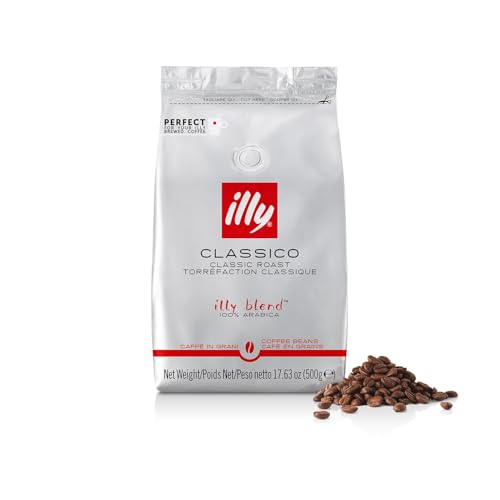If you’ve ever read a bag of specialty coffee and seen “grown at 1,800 meters,” you might’ve wondered why does altitude matter? The truth is, altitude plays a major role in shaping coffee’s flavor, aroma, and overall quality.
Bestseller #1
Bestseller #2
Bestseller #3
Let’s explore how and why.
The Science Behind Altitude and Coffee Growth
Coffee plants thrive in cooler temperatures found at higher elevations, typically between 1,200 and 2,200 meters above sea level (MASL). In these conditions, the beans grow more slowly, allowing sugars and compounds to develop more fully.
Key changes at higher altitudes:
- Slower maturation of the coffee cherry
- Increased density and complexity of the beans
- Enhanced acidity and aroma development
How Altitude Translates to Flavor
Higher altitude = more pronounced and complex flavors.
Lower altitude = milder, simpler taste.
| Altitude Range | Typical Flavor Profile |
|---|---|
| 800–1,200 MASL | Mild, nutty, chocolatey |
| 1,200–1,600 MASL | Bright, fruity, balanced |
| 1,600+ MASL | Complex, floral, citrus, wine-like acidity |
High-Altitude Coffees: Pros and Cons
Pros:
- Greater flavor complexity
- More aromatic and vibrant
- Preferred by specialty coffee roasters
Cons:
- More expensive due to lower yields and harvesting difficulty
- Can be too acidic for some drinkers
Should You Choose High-Altitude Coffee?
Go for high-altitude beans if you:
- Enjoy bright, fruity, or floral notes
- Brew with pour-over, Chemex, or siphon methods
- Appreciate nuanced flavor differences between origins
Stick to lower altitudes if you:
- Prefer classic, chocolatey, or nutty tones
- Brew with French press or espresso
- Want something more forgiving and mellow
What We Recommend
- Try beans from Ethiopia’s Yirgacheffe or Colombia’s Nariño both high-altitude regions known for floral, tea-like profiles.
- Look for altitude info on coffee bags; it’s a great indicator of expected taste.
- Pair brew methods wisely high-acidity beans shine in slow, gentle extractions.













[…] These flavor characteristics are not only influenced by climate and soil but also by local processing methods (washed, natural, honey, etc.), which vary by region. […]
[…] you’ve ever browsed coffee bags or specialty roaster websites, you’ve likely seen tasting notes like dark chocolate, stone fruit, […]
[…] you are staring at a rack of coffee bags that say single origin, and another one which boldly states blend, you are left wondering which one […]